

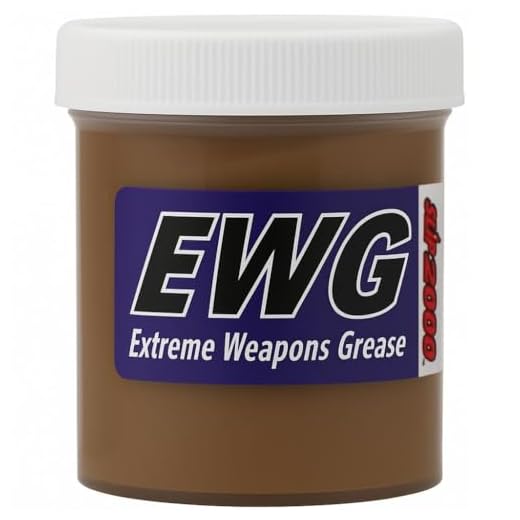

Adjusting the nozzle is one of the simplest yet most impactful tweaks I encountered while working with various models of cleaning machines. Switching from a wide-angle to a more focused spray can dramatically enhance the intensity of the jet, allowing for more effective removal of dirt and grime.
Regular maintenance cannot be overlooked. Cleaning the filters and ensuring the nozzle heads are free from blockages will maximise the flow rate and pressure, ensuring optimal performance during use. Don’t forget to check the detergent injectors as well; a clogged system can hinder cleaning solutions from reaching your target areas, reducing cleaning efficiency.
Utilising the right cleaning solution is equally important. Each surface requires a specific detergent designed for optimal results. Using a product tailored for the task at hand helps break down stubborn stains while also protecting your equipment’s internals. Always follow the manufacturer’s recommendations to avoid damage.
Watch out for the length and quality of the hose. Longer hoses can lead to a decrease in pressure, so choose a shorter, high-quality option if possible. Additionally, a good power source can greatly influence the jet output. Consider upgrading your electricity supply if you find your current setup limits the performance of your devices.
Experimenting with various attachments can also yield impressive results. Consider investing in specialty brushes or turbo nozzles that provide a rotating spray for intensive cleaning tasks. These accessories can often transform a basic clean into an impressive surge of effectiveness.
Choosing the Right Nozzle for Your Task
Select the appropriate nozzle for the cleaning job to maximise effectiveness. Different nozzles produce varying spray patterns and pressure levels, ensuring you use the right technique for each surface type.
A 0-degree nozzle delivers a concentrated stream ideal for tough stains on concrete or brick. However, exercise caution as this narrow jet can cause damage to softer materials. For delicate tasks, like cleaning vehicles, opt for a 25 or 40-degree nozzle that disperses water evenly, protecting the surface from scratches.
If tackling large areas like patios, a wider nozzle allows for greater coverage, reducing clean time significantly. In contrast, a turbo nozzle combines the intensity of a 0-degree spray with the coverage of a wider one, making it suitable for stubborn dirt without risking surface integrity.
When using detergents, select a soap nozzle, which is often coloured black, to mix cleaning solutions effectively. Ensure that the detergent is compatible with your machine; otherwise, it may lead to clogs or damage.
Always test the chosen nozzle on a small, inconspicuous area first. This practice prevents any unforeseen surface damage and ensures you achieve the desired results. Regularly inspect and clean your nozzles to maintain optimal performance; clogs can drastically reduce efficiency.
Adjusting Pressure Settings for Maximum Output
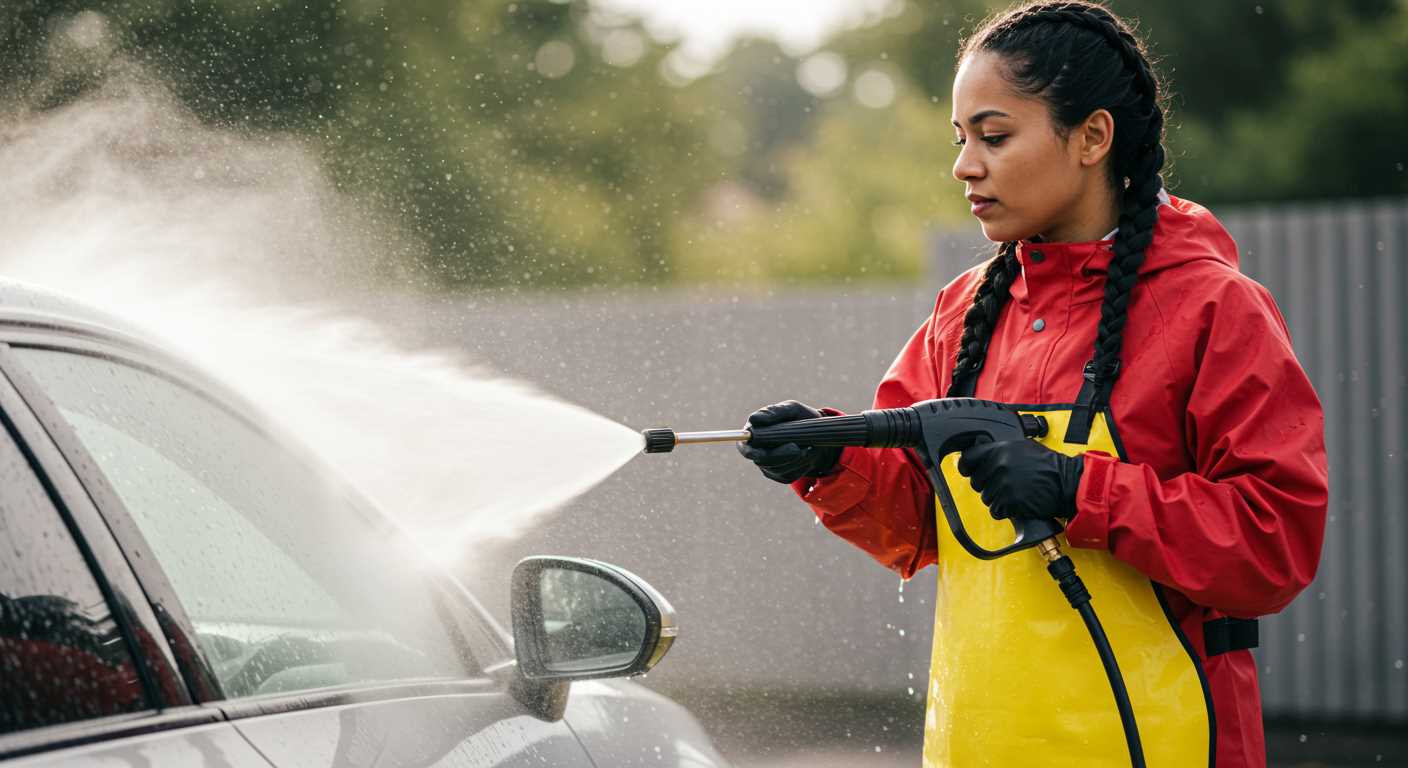
Set your equipment to its highest pressure setting if it’s adaptable. This adjustment significantly enhances the cleaning performance, particularly for tough jobs like removing stubborn grime or stains. Always check the manufacturer’s guidelines for maximum settings to avoid potential damage.
Utilise the adjustable pressure features, if available. Lower settings are ideal for delicate surfaces, while higher ones tackle heavy-duty tasks. Gradually increase the pressure during use and assess the performance to find the optimal level for your current cleaning needs.
Regularly maintain the unit to ensure the pressure control mechanism operates smoothly. Clean filters and inspect hoses for blockages, as these can hinder proper pressure adjustment. A well-maintained machine not only performs better but also extends the lifespan of the equipment.
Make sure the nozzle is properly installed. A loose or incorrectly fitted nozzle can lead to pressure loss, reducing cleaning effectiveness. Tighten connections before starting, ensuring a secure fit for maximum efficiency.
Consider the temperature settings available. Some models allow for hot water usage, which can enhance cleaning prowess on oily or greasy surfaces. Ensure the water temperature aligns with the manufacturer’s specifications to avoid damaging any parts.
Finally, experiment with different pressure levels throughout your tasks. Each job may require a unique setting, and taking the time to adjust can yield superior results while conserving energy and water. This approach ensures you achieve the best outcomes for every specific project.
Regular Maintenance to Ensure Optimal Performance
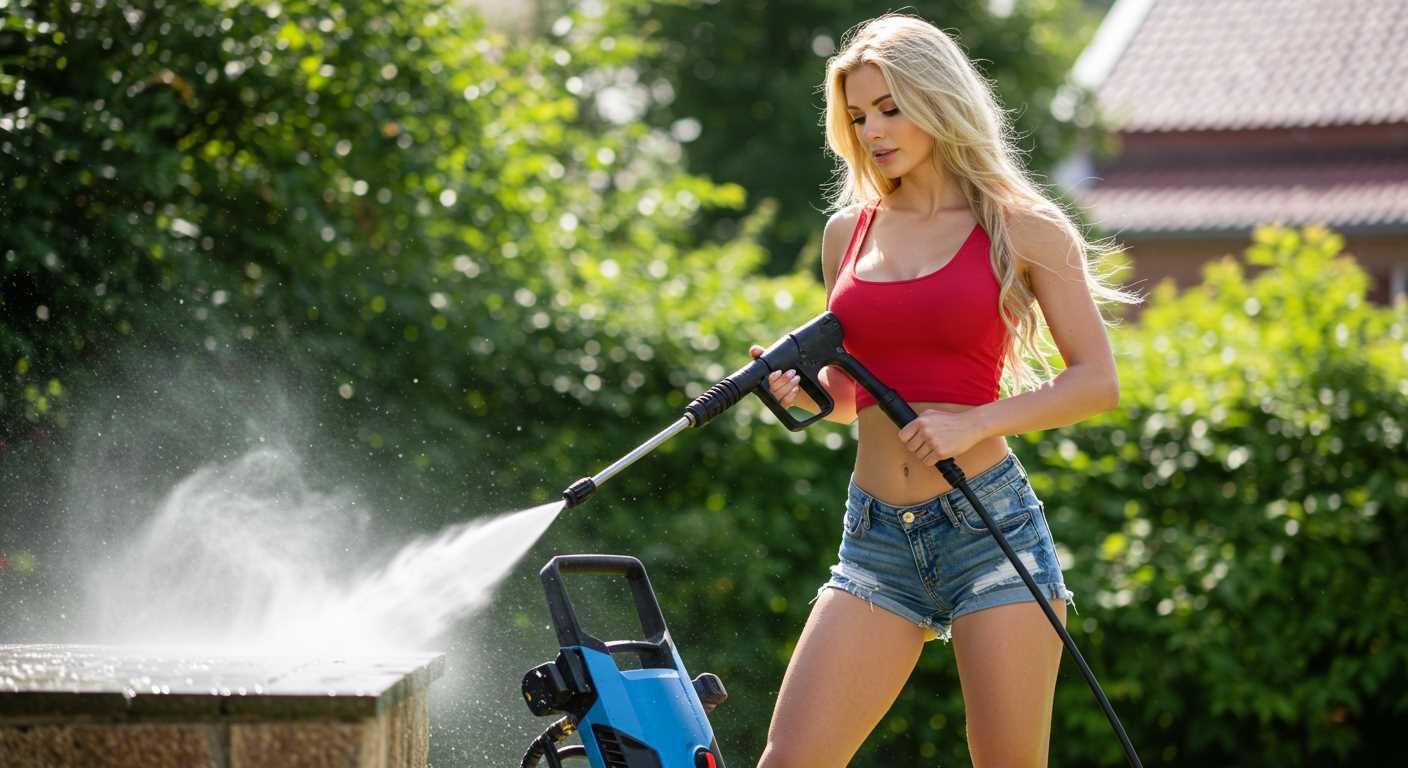
To maintain top functionality, adhere strictly to a routine maintenance schedule. This not only prolongs lifespan but also keeps the equipment operating at peak efficiency. Follow these steps:
Inspect and Clean Components
- Examine the inlet filter regularly; remove any debris or buildup that could impede water flow.
- Thoroughly clean the spray gun and wand to prevent clogging.
- Check hoses for cracks or leaks, replacing them as necessary to avoid pressure loss.
Fluid Checks
- Assess oil levels if applicable. Change oil based on manufacturer recommendations.
- Inspect detergent tanks; replace or refill with suitable cleaning agents formulated for your machine.
Ensure the pump is adequately lubricated. Refer to your user manual for intervals and types of lubricants recommended.
Lastly, store your unit properly when not in use. Avoid direct sunlight and freezing temperatures to prevent damage to internal components.
Using Hot Water to Enhance Cleaning Power
Utilising hot water dramatically improves the effectiveness of various cleaning tasks. Many modern equipment models are designed to accommodate heated water, making a significant difference in grease and grime removal.
Temperature Recommendations
The optimal temperature range for cleaning is between 50°C to 60°C. It’s essential to monitor the water’s temperature, as excessively high levels can damage sensitive surfaces and equipment.
Types of Cleaning Tasks Best Suited for Hot Water
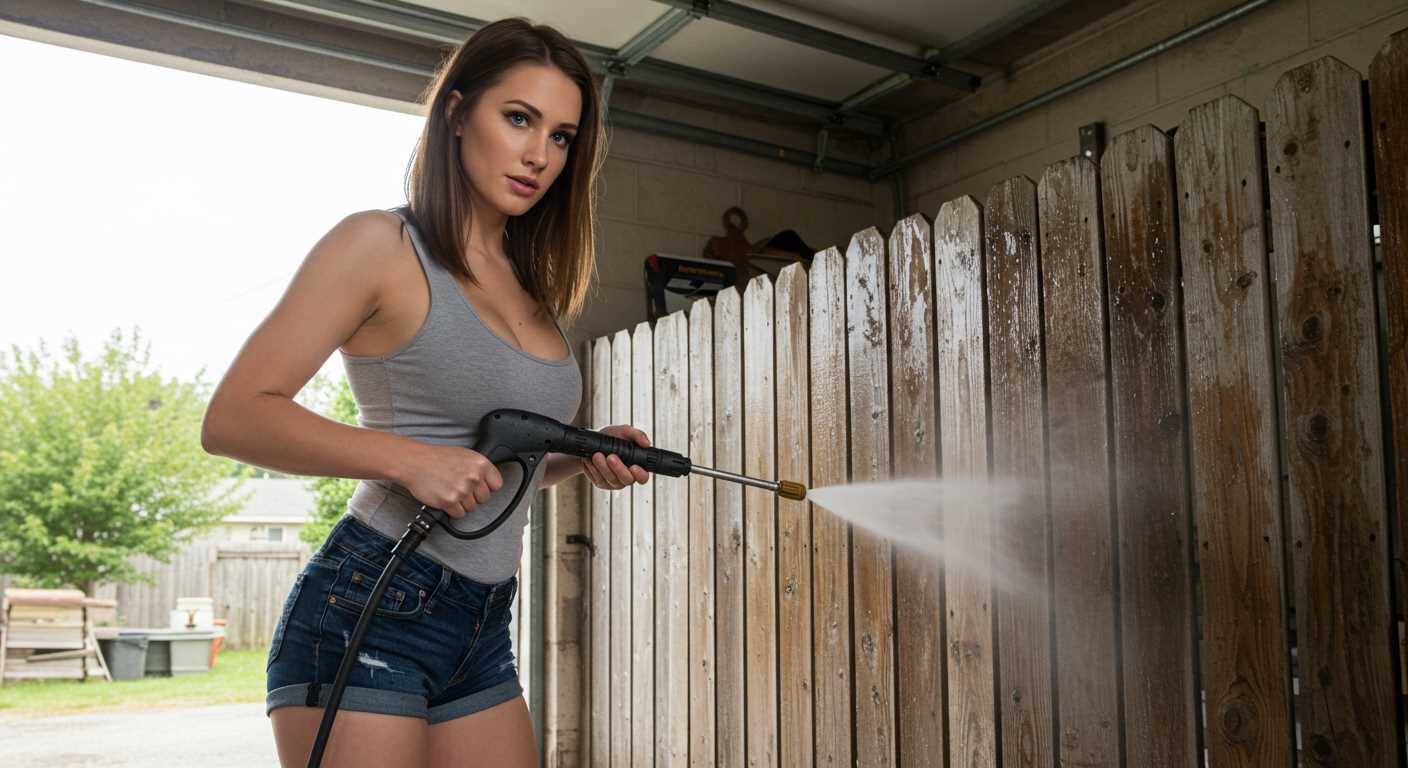
- Oil and Grease Removal: Ideal for automotive applications and machinery, where oil contaminants prevail.
- Outdoor Furniture and Surfaces: Hot water aids in loosening dirt and stains on patios, decks, and garden furniture.
- Heavy-Duty Cleaning: Perfect for industrial and commercial settings where residual compounds demand more than standard cleaning methods.
Be cautious when combining hot water with cleaning detergents. Some products are formulated specifically for high-temperature use, enhancing their effectiveness. Always follow the manufacturer’s guidelines to avoid chemical reactions that could diminish cleaning potential.
Introduce hot water into your cleaning routines for a notable boost in efficiency, allowing for quicker results and less effort. It’s an invaluable tool in your cleaning arsenal.
Adding Cleaning Chemicals for Increased Efficiency
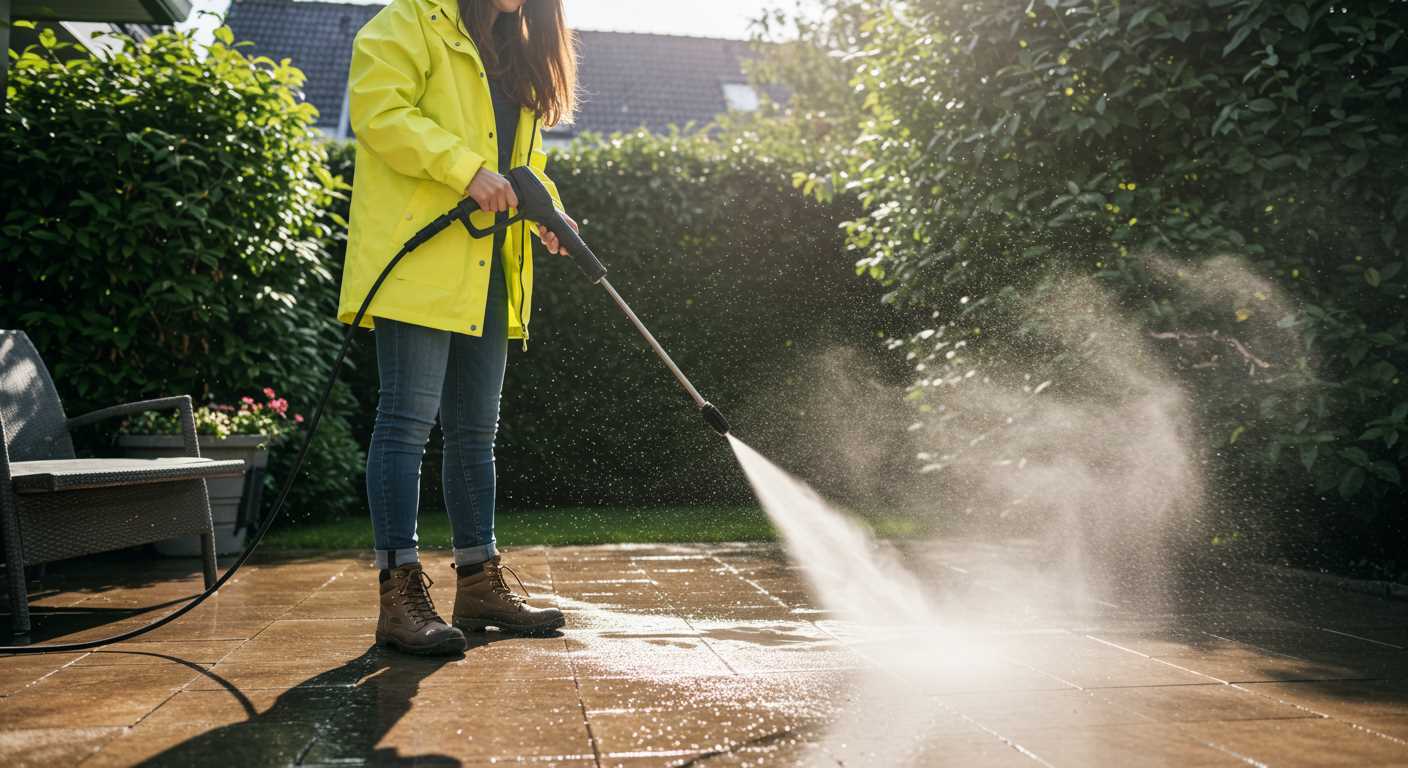
Integrating the right cleaning agents significantly enhances the outcome of any wash. Opt for specific formulations suitable for various surfaces, such as degreasers for engines or mould removers for patios. Use them sparingly, ensuring they are compatible with the equipment.
Choosing the Right Chemicals
Utilise pre-mixed solutions or concentrated agents that you can dilute. For tough stains, a cleaner containing sodium hypochlorite can be effective, while biodegradable options are kinder to the environment. Always check the manufacturer’s guidelines for compatibility with your equipment to prevent damage.
Application Techniques
Apply chemicals using a dedicated chemical injector or a low-pressure nozzle. This method ensures even distribution over the surface. Allow the agent to dwell for a few minutes to break down dirt before rinsing with clean water. Make sure to wear protective gear when handling any cleaning chemicals.
Rinsing completely is crucial. Residual chemicals can damage surfaces or attract dirt. Overall, the combination of effective agents with a thorough application technique results in remarkable cleaning efficiency, optimising the entire process.
Selecting the Best Hose Length and Diameter
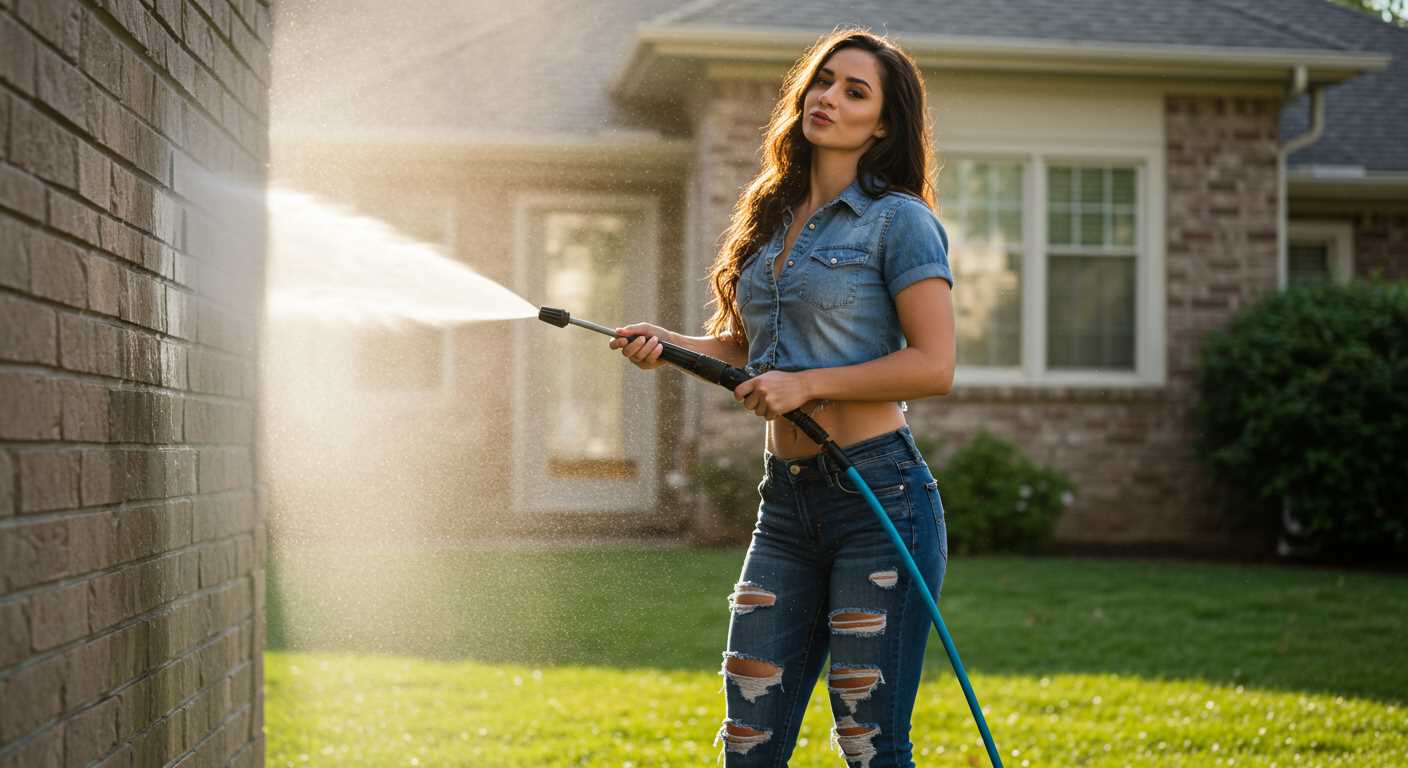
Opt for a hose diameter of at least 3/8 inches for maximum flow rate. This will help maintain water pressure, especially over longer distances. Keep in mind that a wider diameter results in lower friction loss, allowing for optimal performance.
For hose length, I recommend using no more than 100 feet. Beyond this, loss in pressure occurs, diminishing effectiveness. If longer reach is necessary, consider using a pump with higher PSI to counterbalance the drop.
Below is a quick reference table of hose specifications:
| Hose Length (feet) | Diameter (inches) | Recommended PSI |
|---|---|---|
| 25 | 1/4 | 2000-3000 |
| 50 | 3/8 | 2500-3500 |
| 75 | 3/8 | 3000-4000 |
| 100 | 3/8 | 3500+ |
Invest in a high-quality, flexible hose to avoid kinking, which can obstruct flow. Always check for wear and tear; a damaged hose directly impacts the cleaning efficiency of your equipment.
Upgrading Pump Components for Improved Performance
To enhance efficiency, consider replacing the standard pump with a higher quality component. Opt for ceramic pistons which provide better durability and efficiency compared to standard materials. These components reduce wear and improve the longevity of the entire unit.
Additionally, look for pumps that feature adjustable pressure settings. This allows for tailoring the output to specific tasks, maximising effectiveness without compromising the equipment’s operational life.
Hydraulic seals also play a significant role. Upgrade to better quality seals that can resist heat and pressure, preventing leakage and ensuring that the system operates at peak performance.
Explore the option of installing a triplex pump. They are known for superior performance in comparison to standard axial pumps, offering improved flow rates and enhanced cleaning capabilities.
Lastly, regularly check all pump fittings and connections for wear. Replacing worn-out components promptly maintains optimal performance and avoids issues that could hamper cleaning effectiveness.









